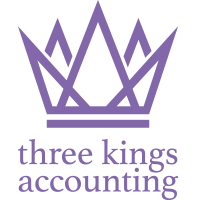Dividend and savings allowances are available. We consider the opportunities and pitfalls of the personal tax rules.
Dividend income
When dividends are received by an individual the amount received is the gross amount subject to tax. The availability of the Dividend Allowance (DA), means that the first £2,000 for 2022/23 of dividends are charged to tax at 0%.
In September 2021 the government announced an increase to the rates of dividend tax by 1.25% from 6 April 2022 to help fund the new planned investment in health and social care.
Dividends received above this allowance are taxed at the following rates:
- 8.75% for basic rate taxpayers
- 33.75% for higher rate taxpayers
- 39.35% for additional rate taxpayers.
Dividends within the allowance still count towards an individual’s basic or higher rate band and so may affect the rate of tax paid on dividends above the £2,000 allowance.
Dividends are treated as the top slice of income and the basic rate tax band is first allocated against other income.
Example
| Mr A has non-dividend income of £46,700 and receives dividends of £12,000. The non-dividend income is taxed first. Of the £46,700 non-dividend income, it would be advantageous to utilise £9,000 of the £12,570 available Personal Allowance, leaving £37,700 to be taxed at the basic rate.
The basic rate band for 2022/23 is fully utilised against the taxable non-dividend income. The remaining £3,570 of Personal Allowance is used against the dividends and £2,000 of dividends are covered by the Dividend Allowance. The remaining dividends (£12,000 less £3,570 Personal Allowance and £2,000 of DA) fall in the higher rate tax band and are therefore taxed at 33.75%. |
Savings income
Some individuals qualify for a 0% starting rate of tax on savings income up to £5,000. However this rate is not available if non-savings income (broadly earnings, pensions, trading profits and property income) exceeds the starting rate limit.
The Savings Allowance (SA) taxes savings income within the SA at 0%. The amount of SA depends on the individual’s marginal rate of tax. An individual taxed at the basic rate of tax has a SA of £1,000 whereas a higher rate taxpayer is entitled to a SA of £500. Additional rate taxpayers receive no SA.
Savings income includes:
- interest on bank and building society accounts
- interest on accounts with credit unions or National Savings and Investments
- interest distributions from authorised unit trusts, open-ended investment companies (OEICs) and investment trusts
- income from government or corporate bonds
- most types of purchased life annuity payments.
Is savings income received net or gross of tax?
Interest is generally received gross. Following the introduction of the SA the government no longer requires banks, building societies, unit trusts and OEICs to deduct tax from interest they pay to customers.
Switching investments
Given the lower amount of SA, higher and additional rate taxpayers could seek to maximise their use of the DA by moving investments out of interest bearing investments to ones which pay out dividends. This could be through direct shareholdings or through dividend distributing equity funds in unit trusts or OEICs.
In addition, assets held for capital growth could be transferred to dividend paying investments. Any gains realised by the investors on the sale of assets would be exempt up to the CGT exemption which is £12,300 for 2022/23 (£12,300 for 2021/22). Further gains over this amount are charged to tax at 20% for higher and additional rate taxpayers.
Interaction between DA and SA
If the amount of dividends an individual receives is covered by the DA but those dividends would have meant that they were higher rate taxpayers without the DA, then this would affect the amount of SA they would receive.
Example
| Mrs B has a salary of £49,000, interest income of £1,000 and dividends of £2,000. Although the dividends are covered by the DA, Mrs B’s total income is £52,000 so she is a higher rate taxpayer. She would therefore only receive £500 of SA against the £1,000 of interest income. |
Check your coding
Where savings income exceeds the SA, there will be tax to pay on the excess. HMRC try to collect this tax by adjusting an individual’s tax code. To allow them to do this they will use information from banks and building societies. However in some cases, HMRC may overestimate the amount of interest people are likely to earn and adjust their coding accordingly. So it is always worth checking coding notices when they come through.
Gift Aid donations
Take care if you make Gift Aid donations. A charity can reclaim the tax on a Gift Aid donation only if the individual has paid the amount of tax being reclaimed.
Savings and dividend income covered by the SA and DA is not taxed. Where this happens the individual is responsible for ensuring that the donation is covered and HMRC has powers to recover any shortfall from the taxpayer.
Planning for spouses
The Dividend and Savings Allowances may also mean it is important to consider the allocation of investments between husband and wives or civil partners. If just one partner has investments generating dividends or savings it could be beneficial to transfer part of the investments to the other partner to ensure they receive income which utilises their DA or SA. Any transfer of assets between husbands and wives or between civil partners who are living together can be made without any capital gains tax being charged.
How we can help
With various allowances available to taxpayers it is important to make sure full use is being made of the tax free amounts. There are a number of areas where you may need specific advice depending on your circumstances so please do not hesitate to contact us.


